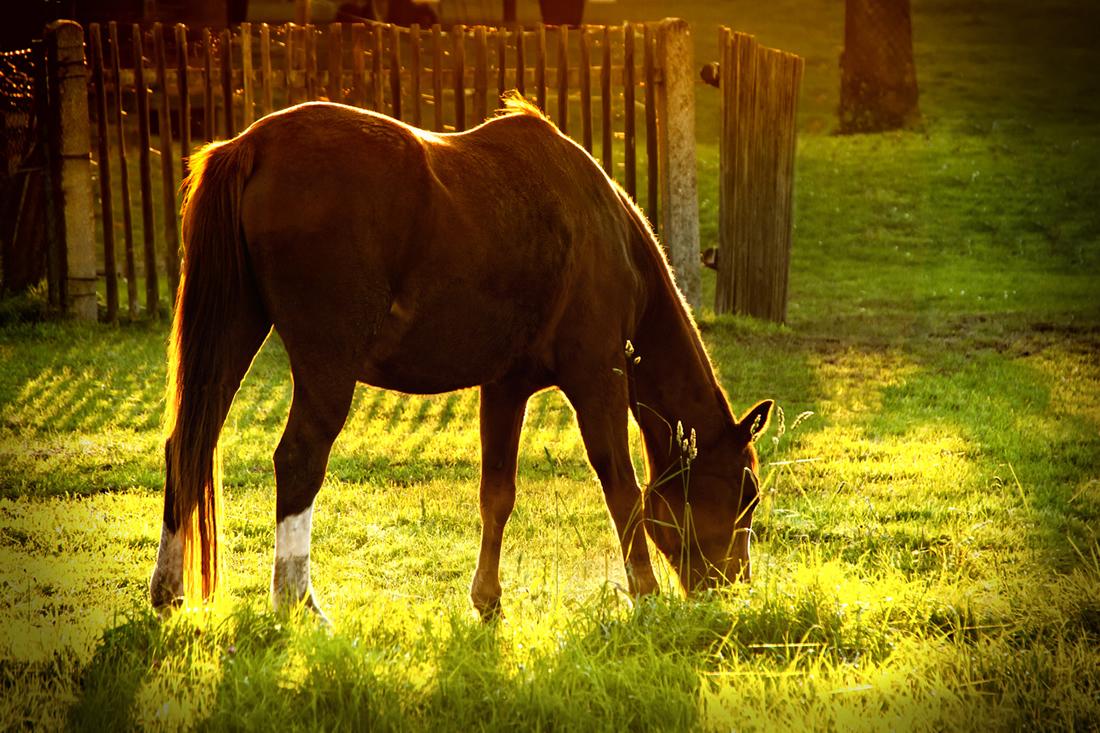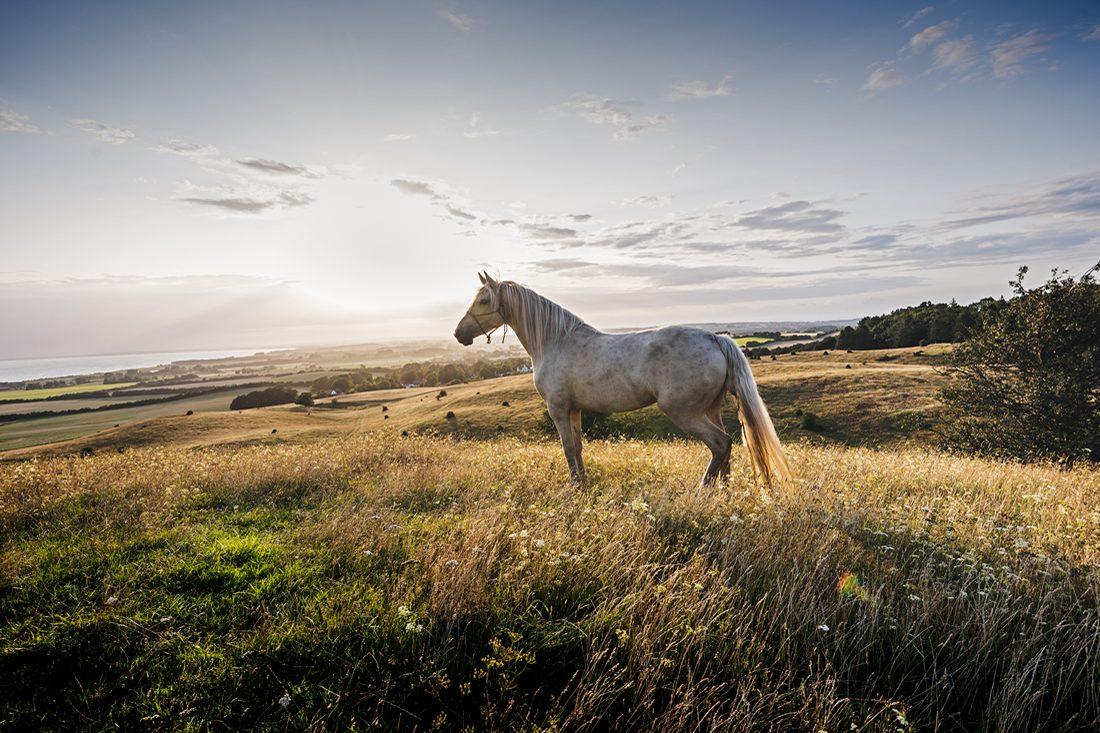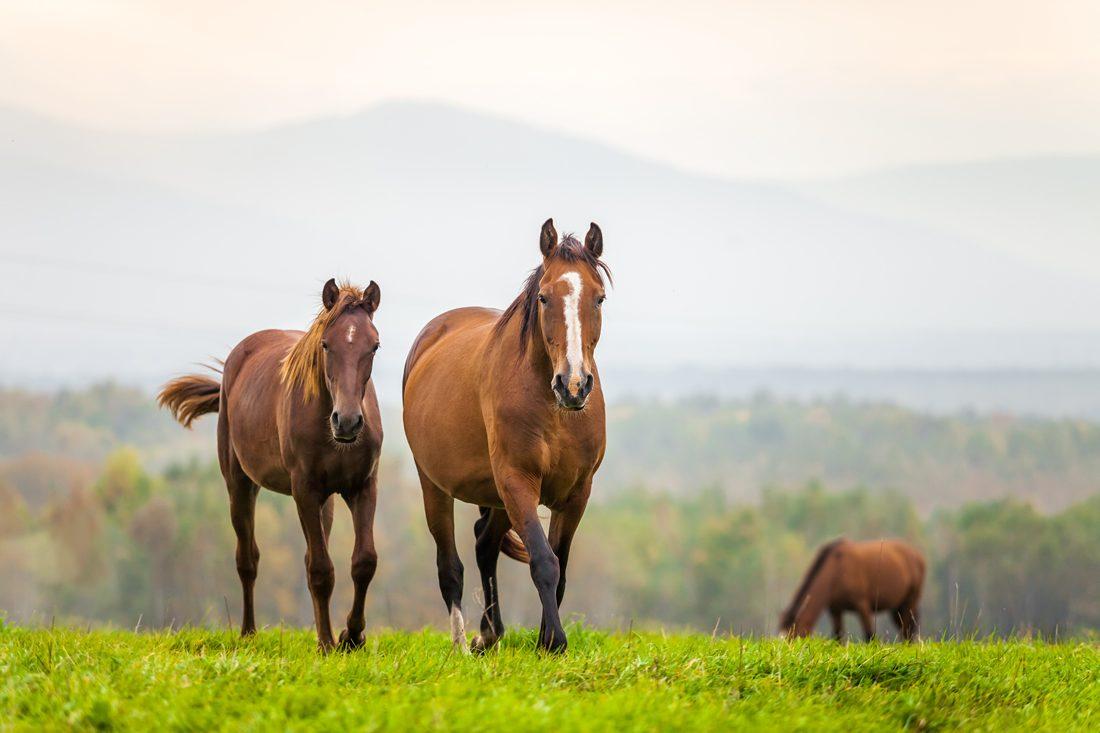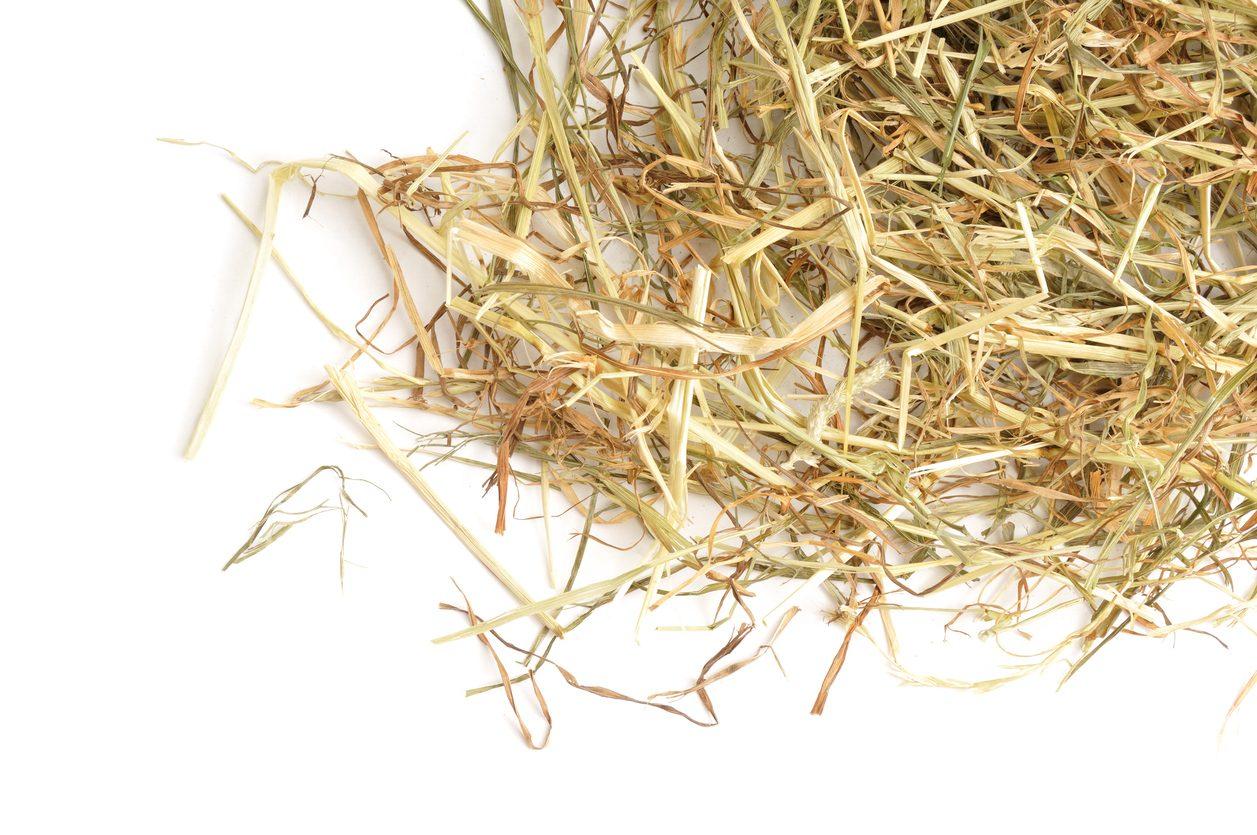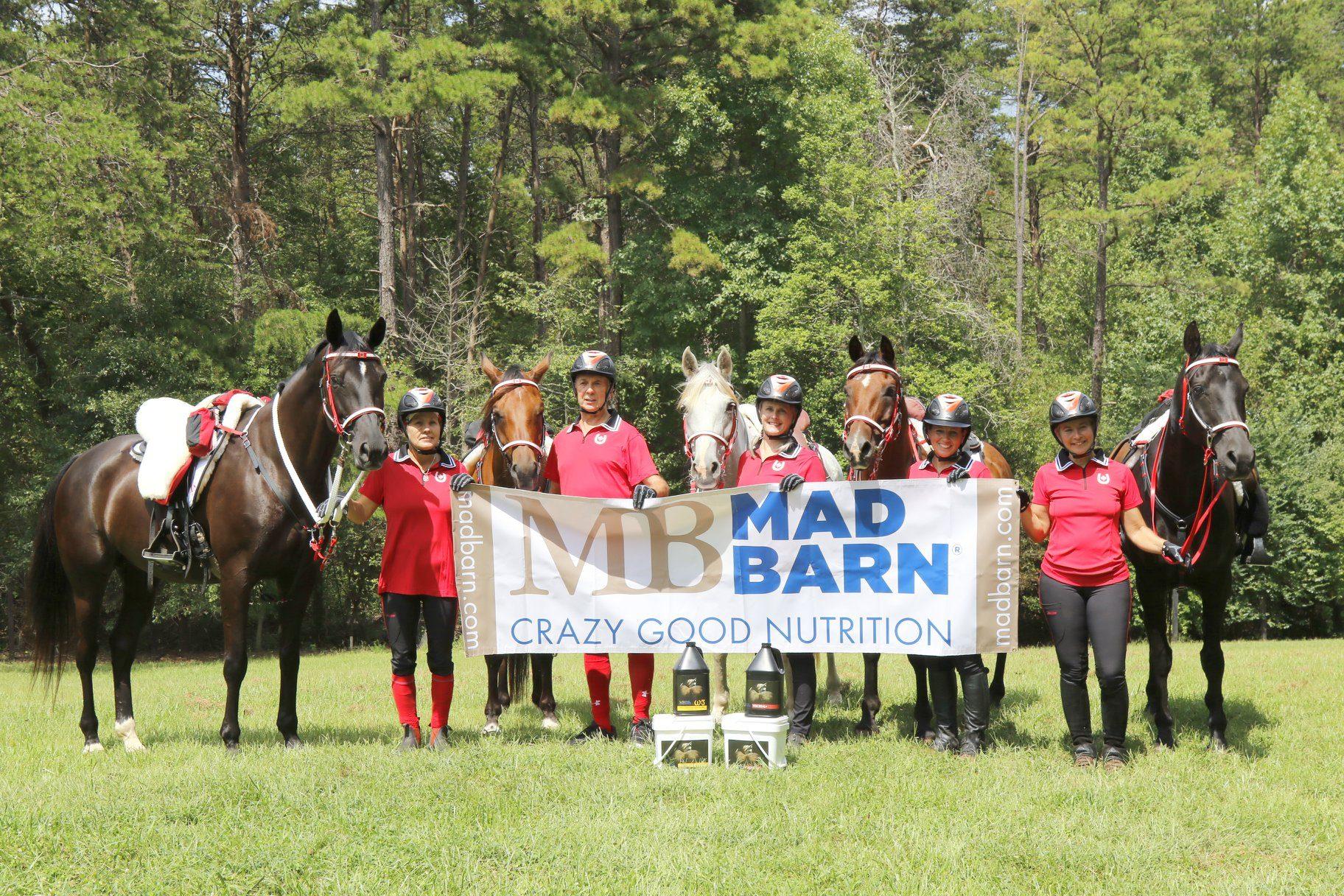Up to 90% of horses treated for gastric ulcers with omeprazole can experience a recurrence of ulcers when they stop taking this drug. Horses can develop rebound acid hypersecretion (RAHS) after the di...
In the last year, over six thousand horse owners from all over North America used Mad Barn to analyze their horses' diets. We looked at diets for weanlings, broodmares, pasture pets, prize-winning rac...
Prebiotics are types of fibre that are given to horses as a food source for the beneficial microbes in the hindgut. Prebiotics support fibre digestibility, gut health, and nutrient assimilation in the...
Whether a foal, a broodmare, or a mature or aging horse, supporting joint health is a common concern for many horse owners. Being proactive can help to prevent joint problems from affecting your horse...
Do you know the dangers of high iron levels in your horse's hay or water? Iron overload is a growing concern among horse owners as more is learned about the harmful effects of having too much of this ...
Vitamin E is a fat-soluble vitamin that acts as an antioxidant for horses. It helps maintain a healthy immune system and supports normal nerve and muscle function. Vitamin E supplementation is especia...
MSM (methylsulfonylmethane) is a naturally occurring form of sulfur that is found in plants and animals. MSM is used to support joint comfort in aging horses and performance horses. Horses and other m...
Magnesium (Mg) is an essential mineral that horses require for proper nerve and muscle function. Magnesium functions as an electrolyte, plays a role in protein synthesis and is involved in over 300 me...
Horses are expensive. Now that we have the obvious out of the way, let’s get down to business. What are some of the ways you can save money on equine feed while still giving your horse the nutritio...
Selenium (Se) is an antioxidant mineral that is necessary in the horse’s diet. Horses derive selenium by consuming hay or grasses that grow in soils that contain this trace mineral. However, if you ...
Feeding a quality forage should be the basis of every feeding program. Given the forage portion will account for the large majority of nutrient intake for your horse, isn't it important to understand ...
Having a healthy frog is a key component of proper biomechanics and one of the secrets to being able to perform well barefoot. Is poor frog health responsible for lameness? According to the American F...
Let's save the boring stats that every article discussing equine gastric ulcers quotes. If you keep your horse in a stall and/or do any level of training and you are still reading this article, there...
I’d like to share with you recent scientific data that seems to confirm the anecdotal evidence many trimmers, including me, have observed on what comprises a healthy hoof. When evaluating a hoof, we...
Welcome to the hoof health blog. My name is Catherine Larose and I guess you can call me a "hoof junkie". I was thrilled when Scott asked me to write this blog, as I have witnessed first hand how prop...
The new entity that is Mad Barn Inc. is only new in name. We have been in business as Equine Nutrition Consulting for over 10 years, but you might be more familiar with the product names we sell: Phat...
Cushing’s Disease occurs when there is a tumor on the pituitary gland, an organ at the base of the brain. This tumor causes the pituitary gland to over-produce ACTH, a hormone that affects cortisol ...
Insulin is a hormone produced by special cells within the pancreas in order to do many important jobs, one of which is the transportation of glucose from the bloodstream into each individual cell. Whe...


